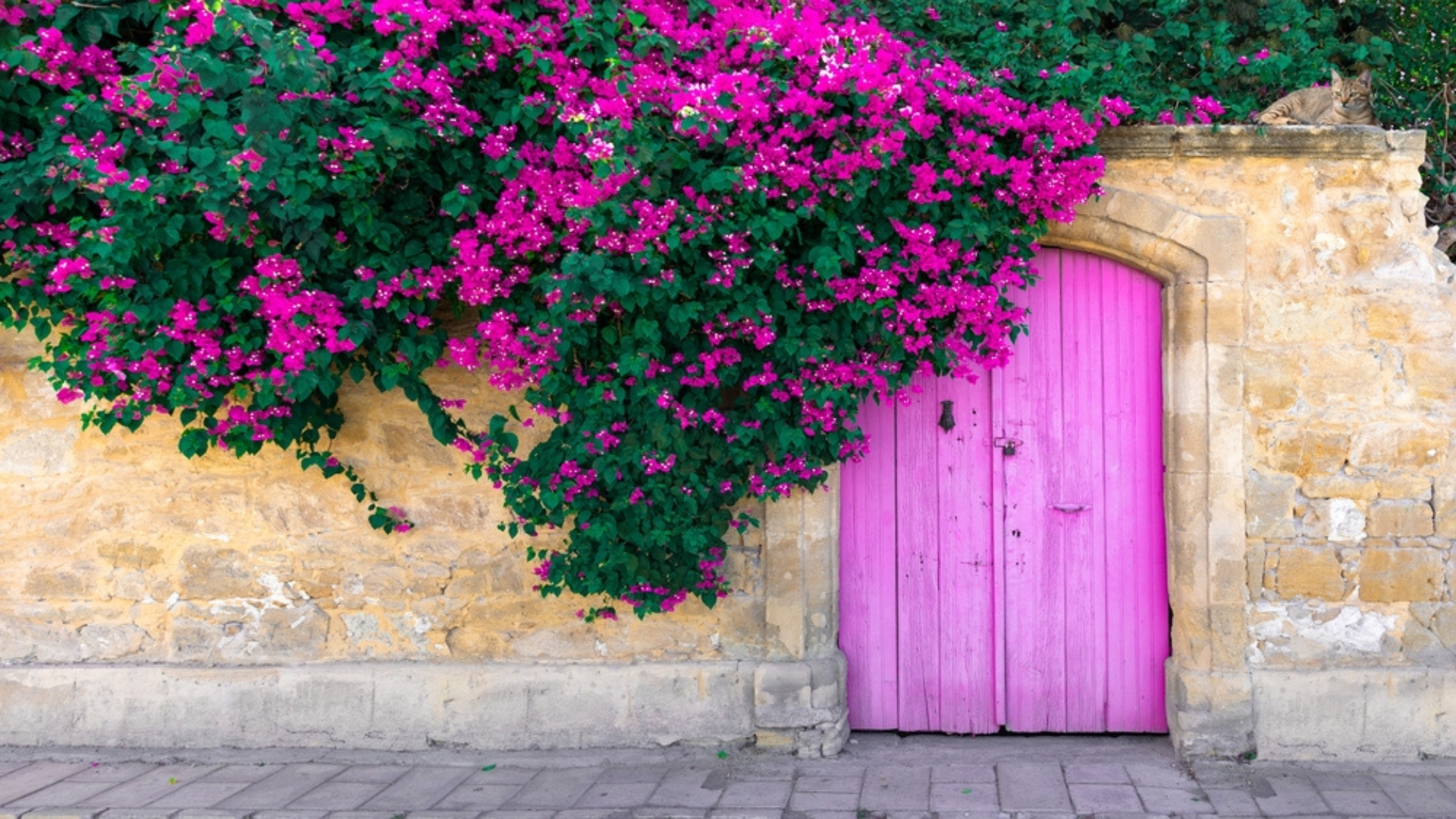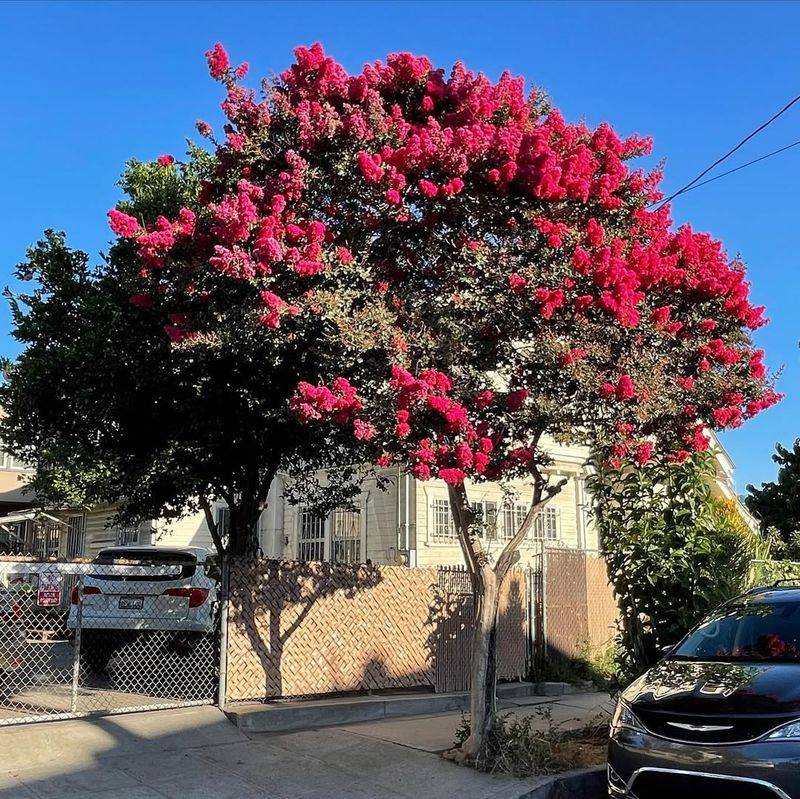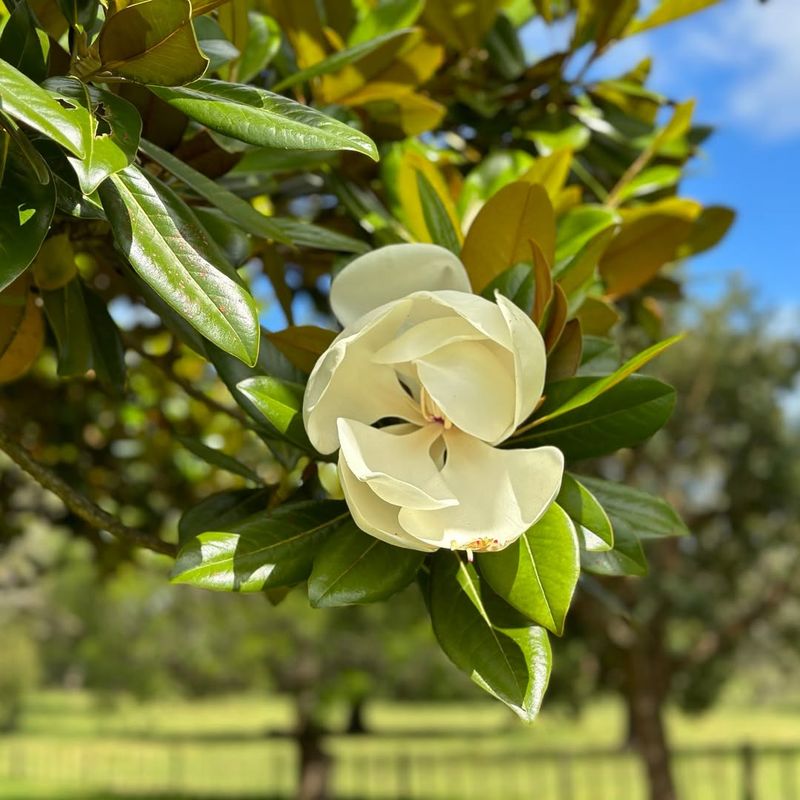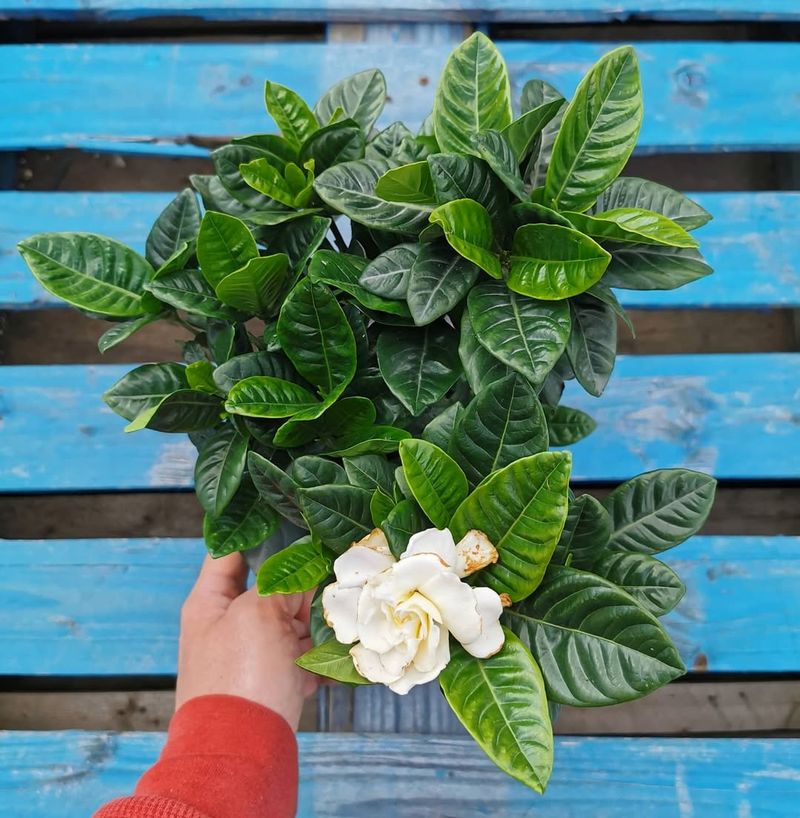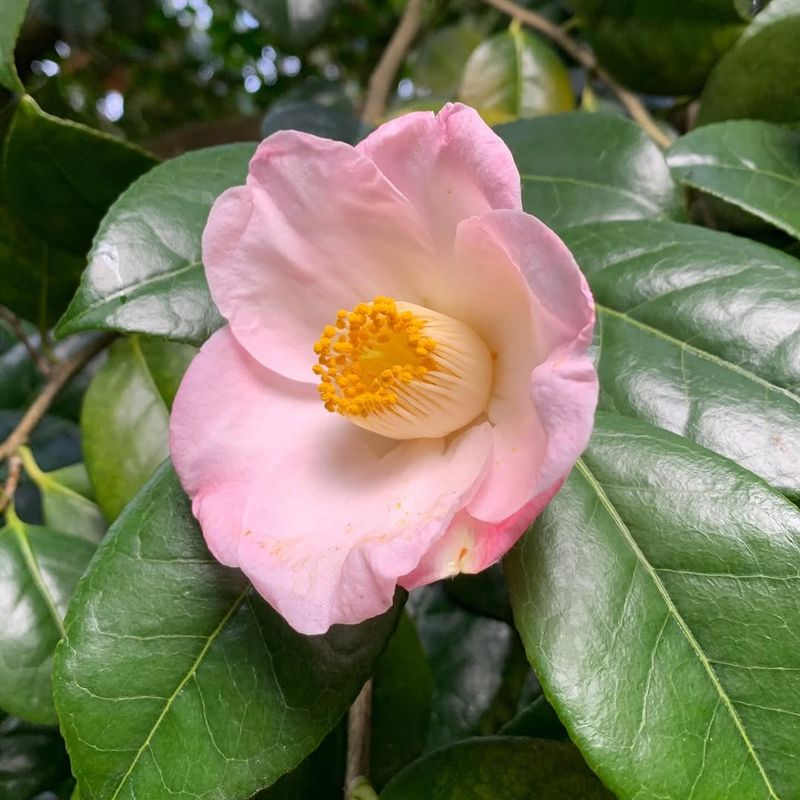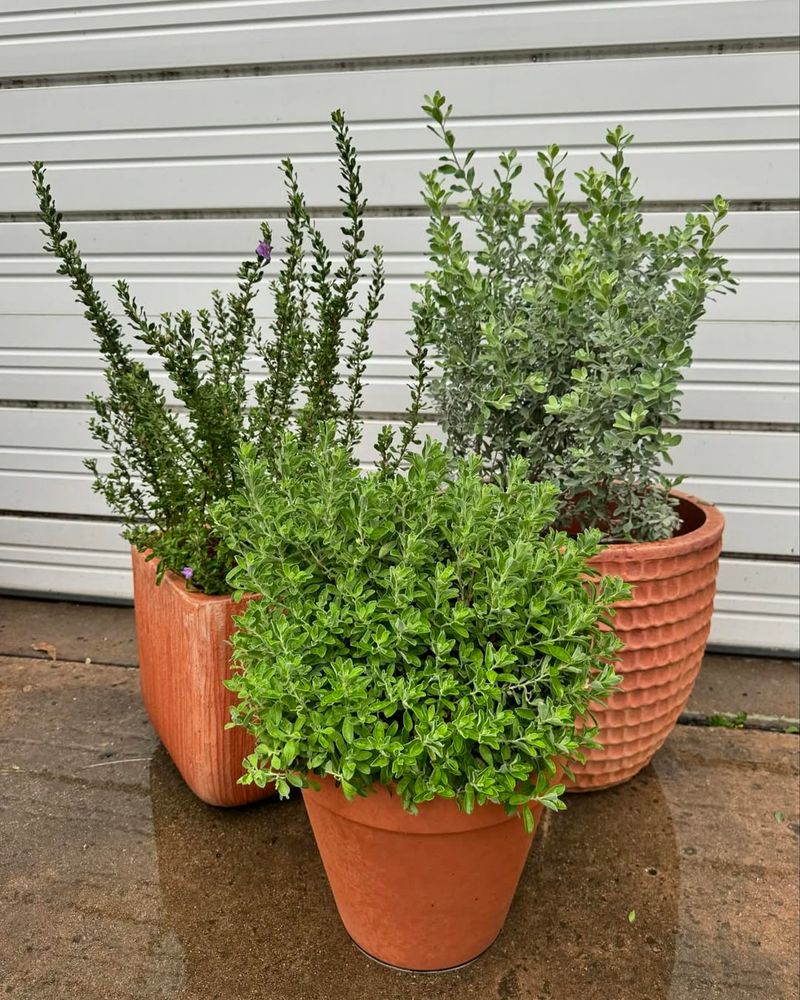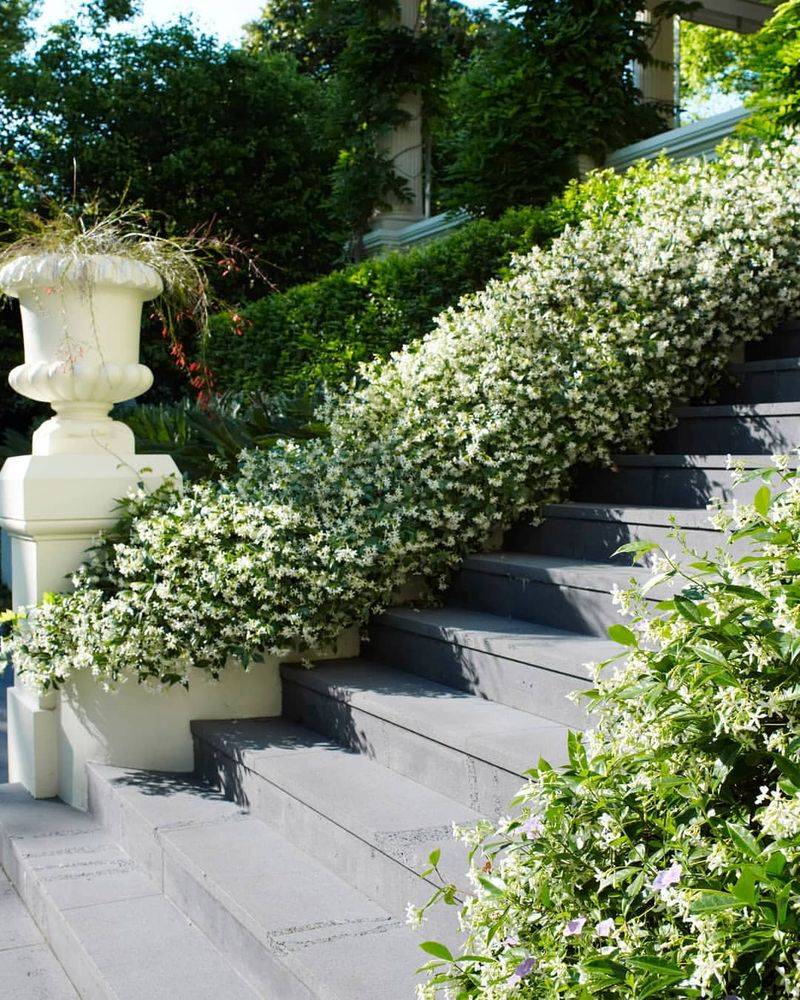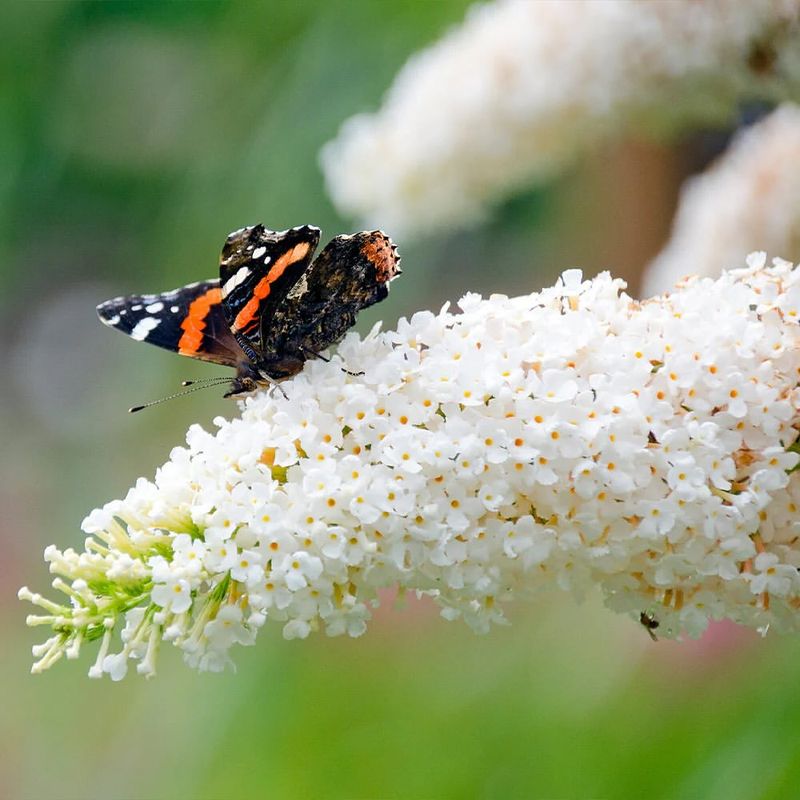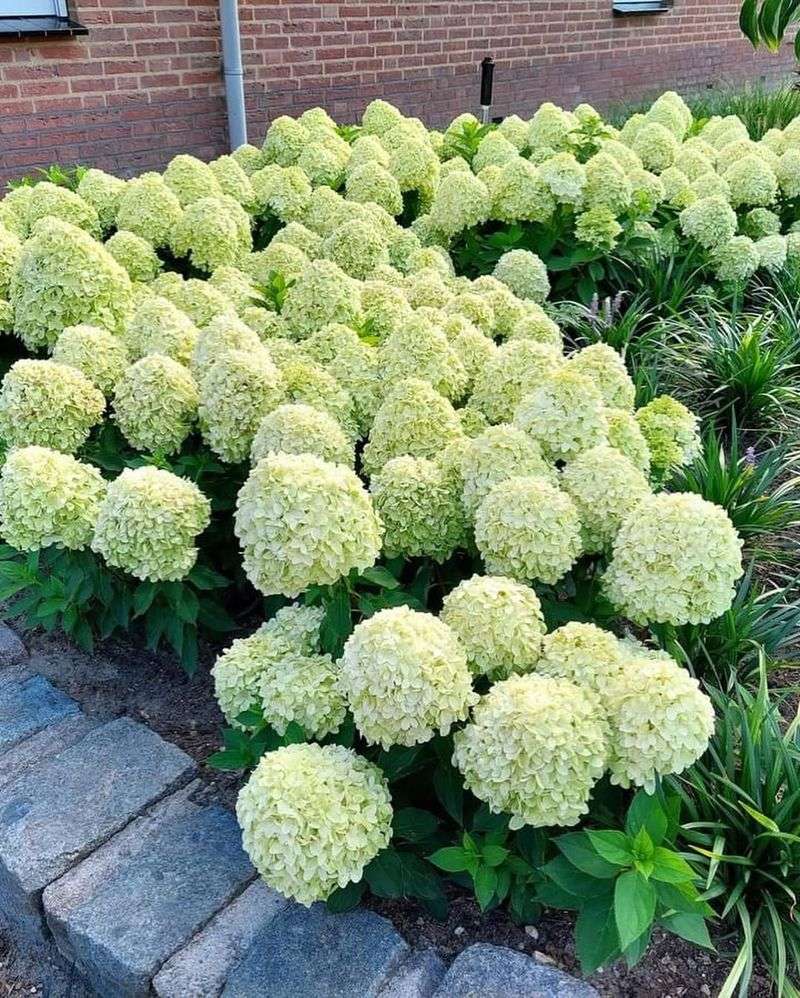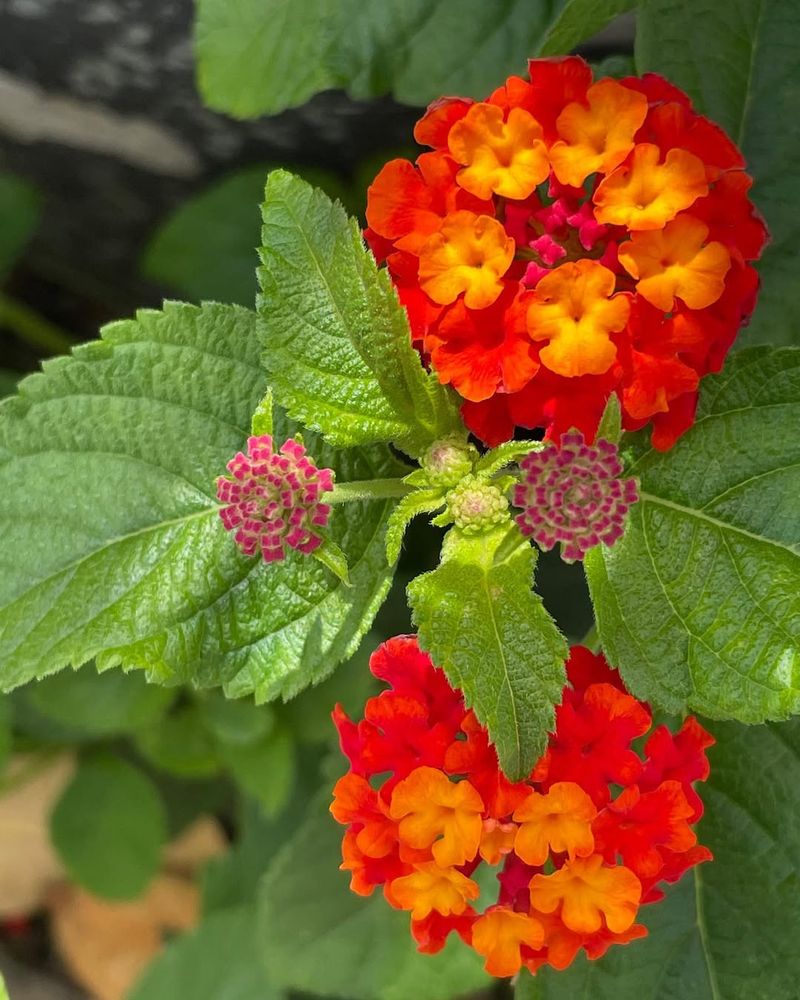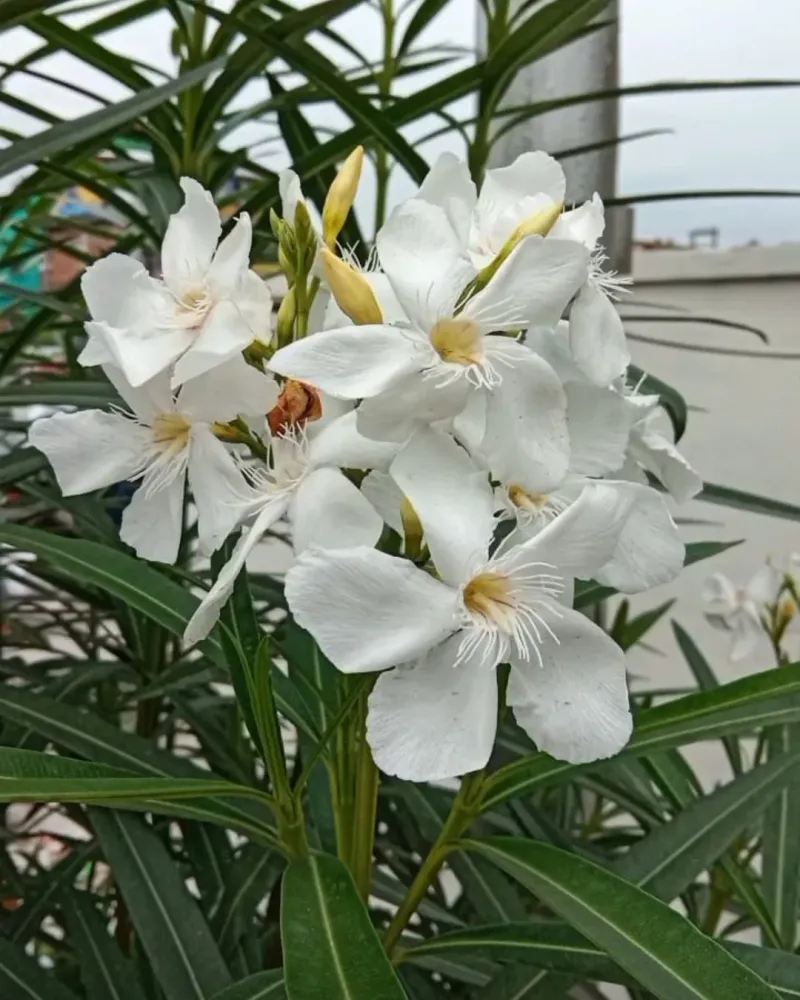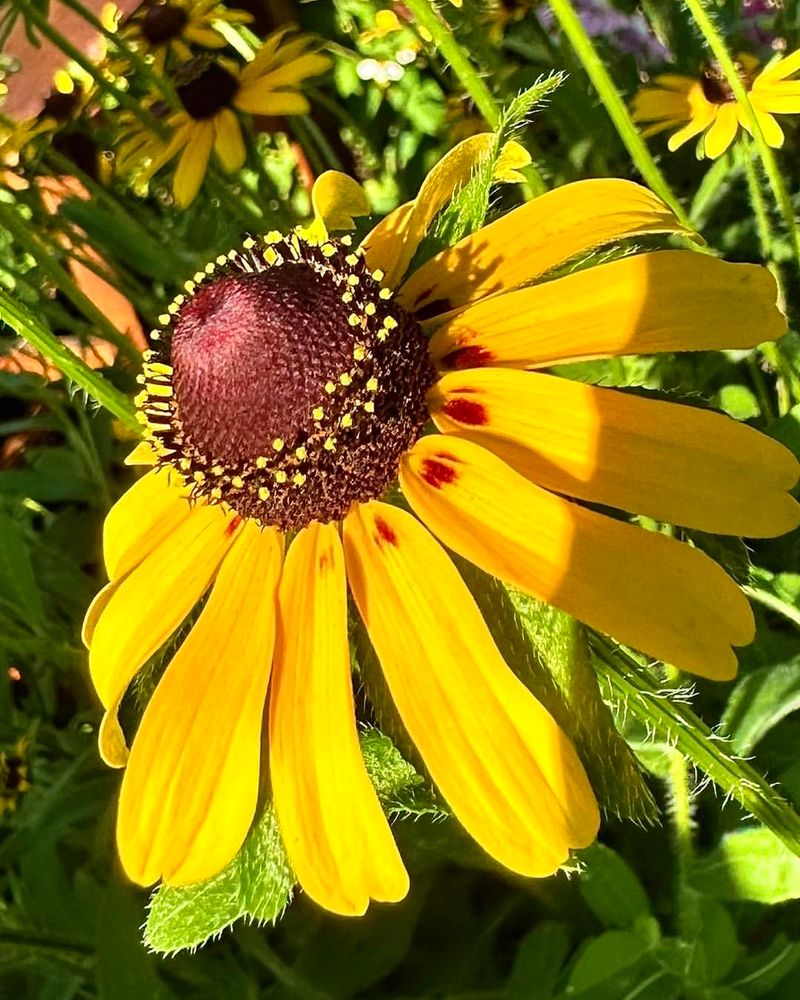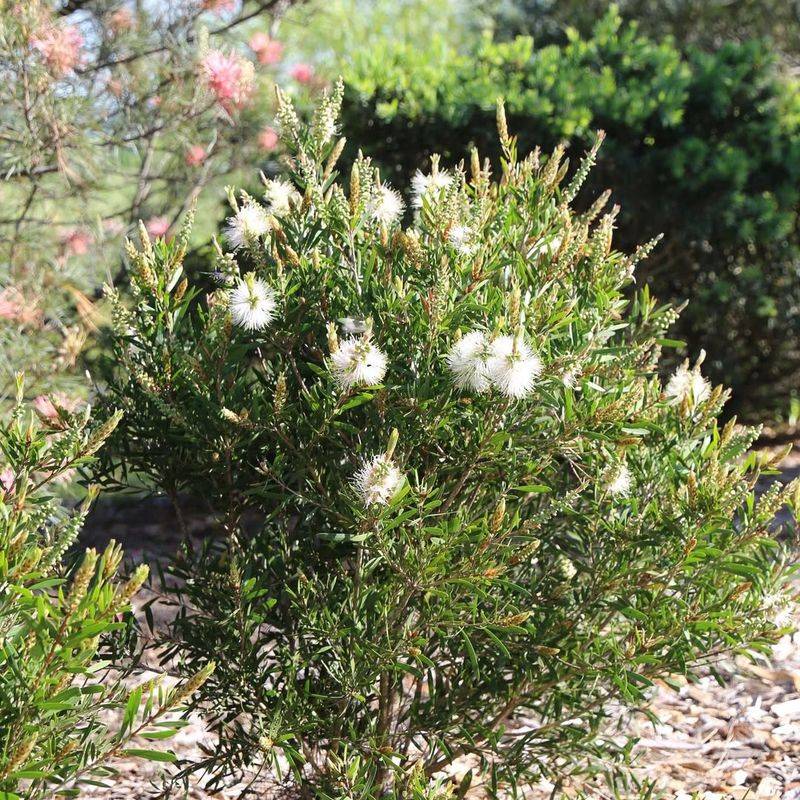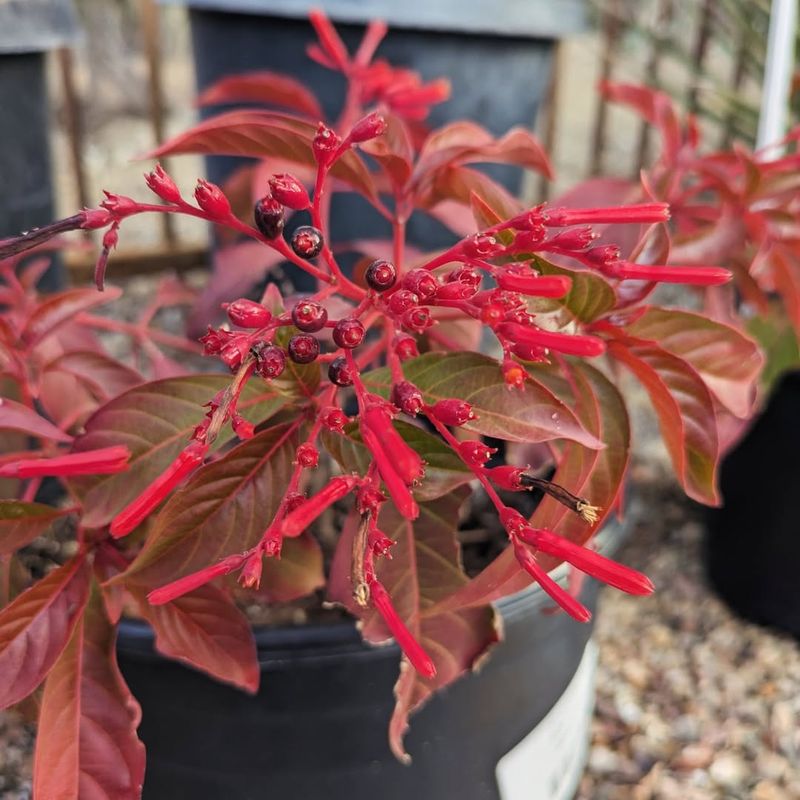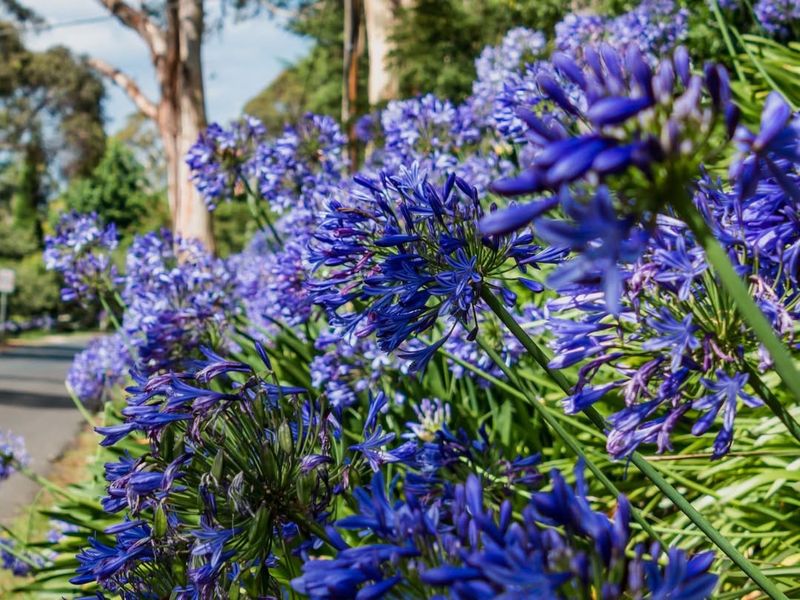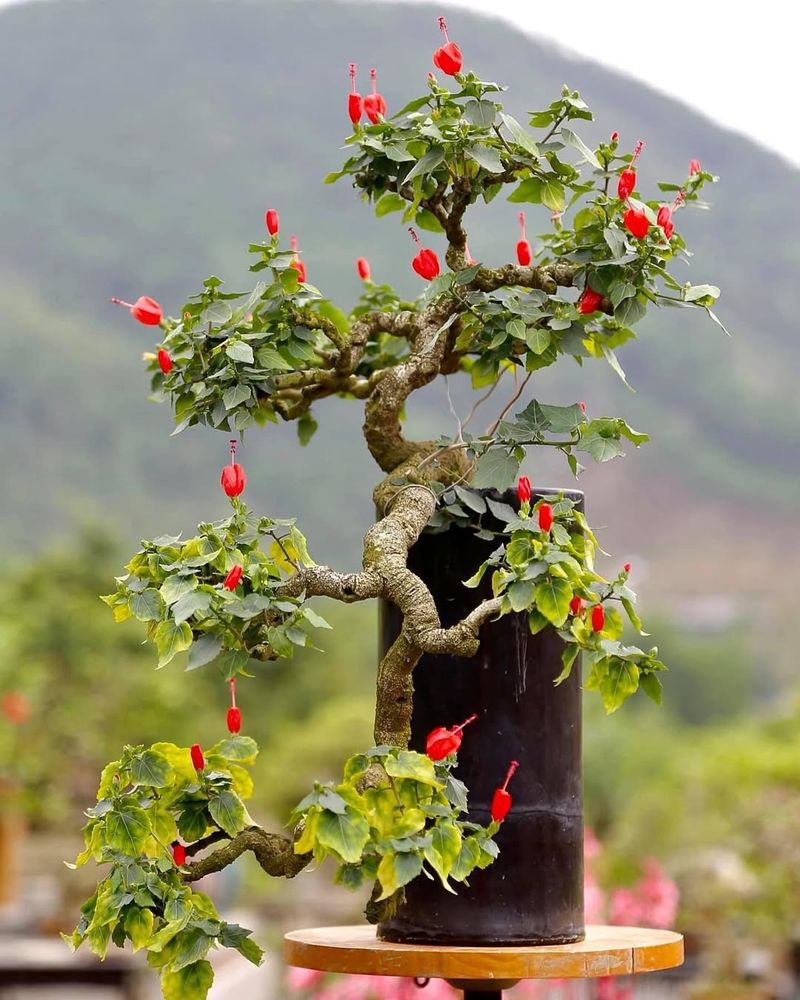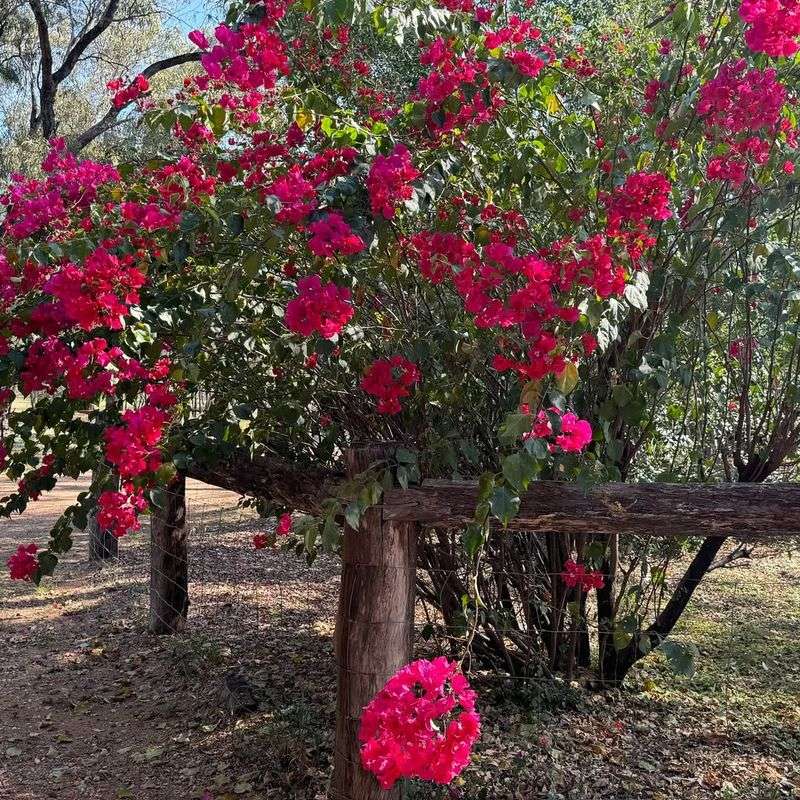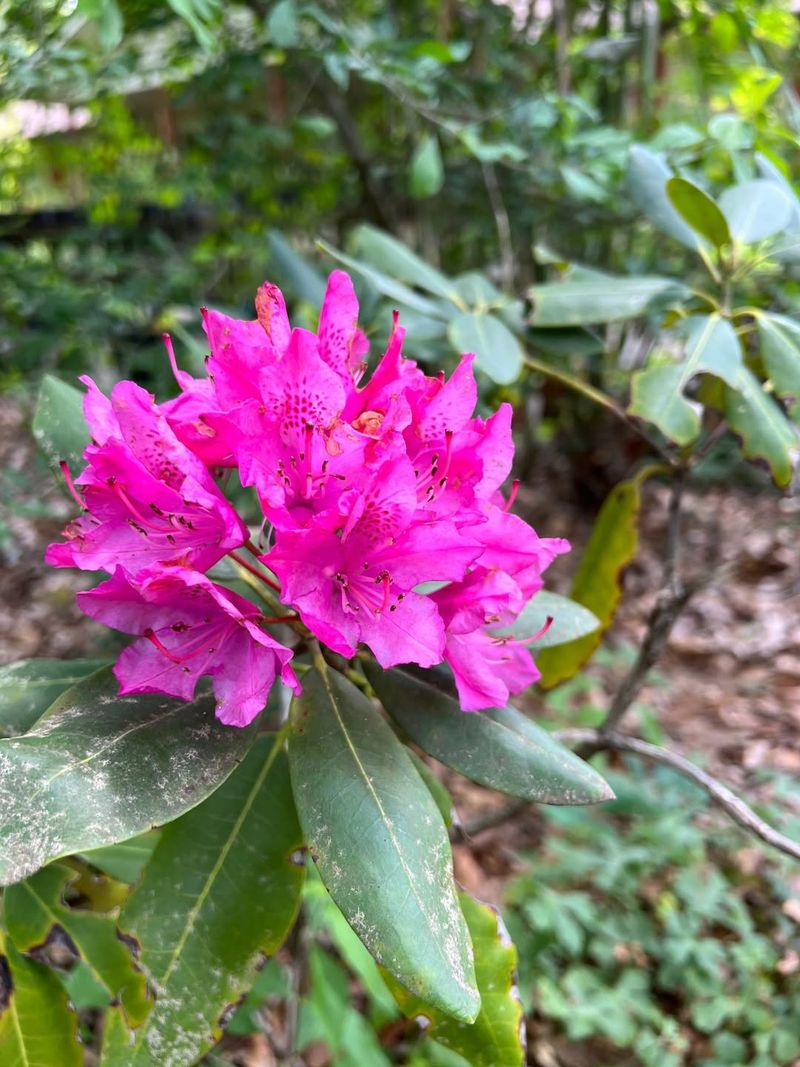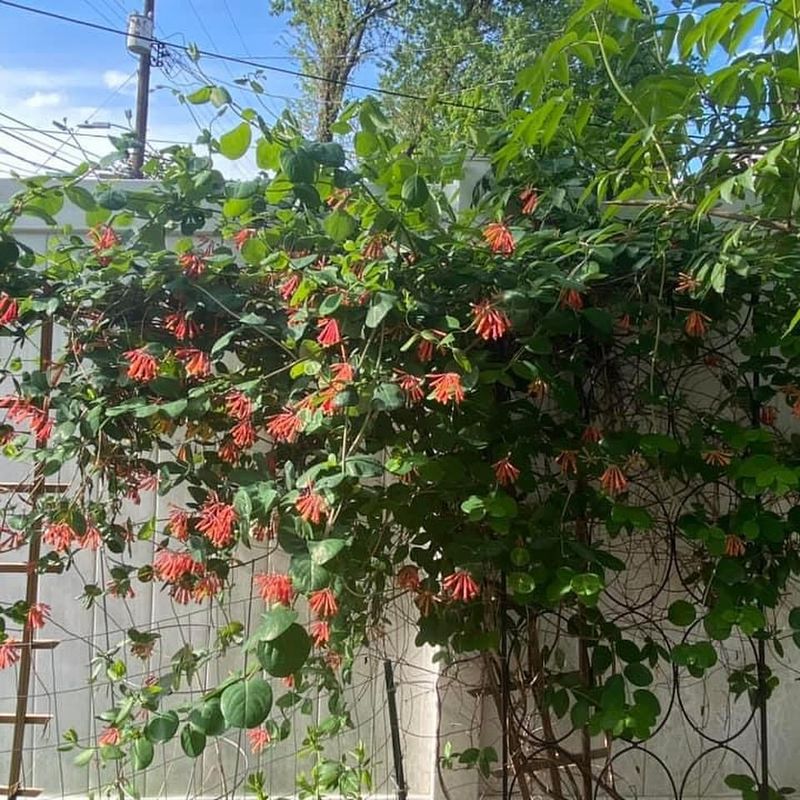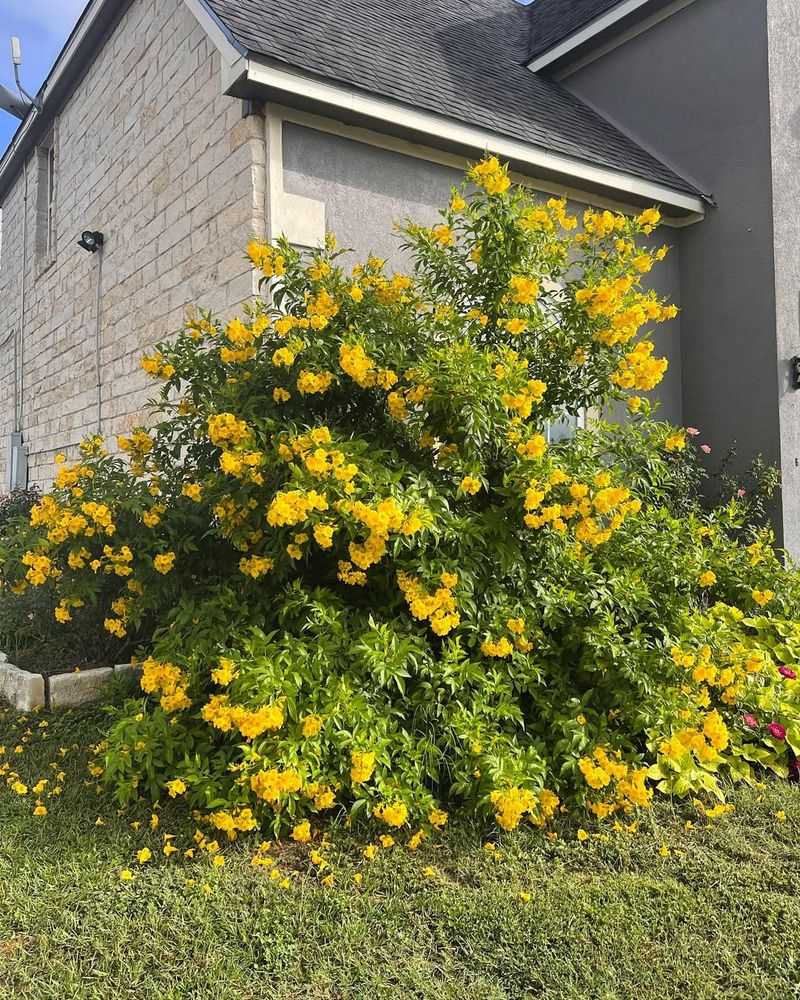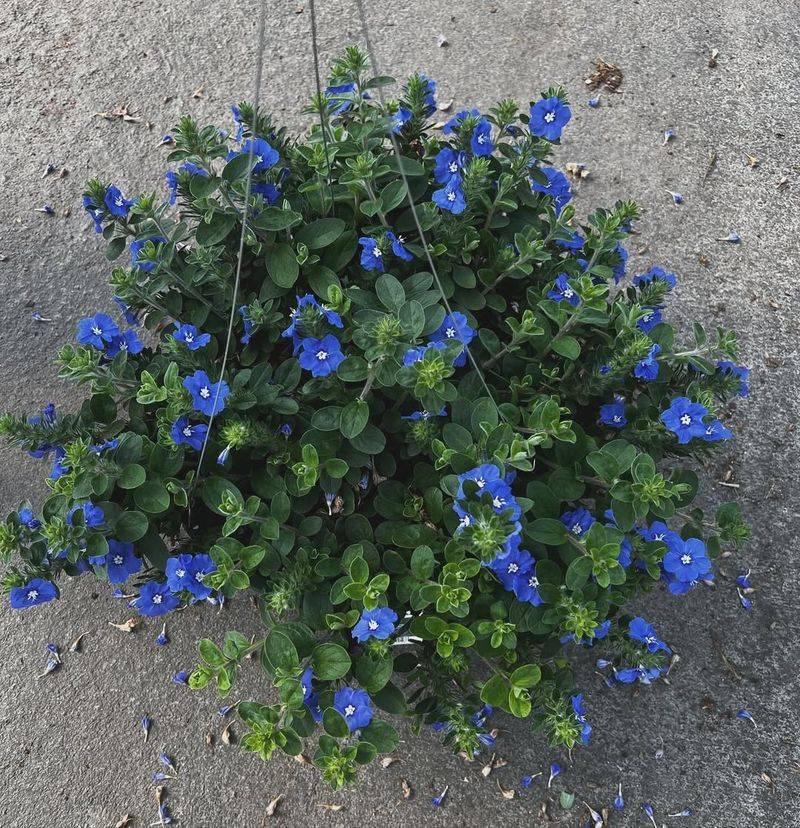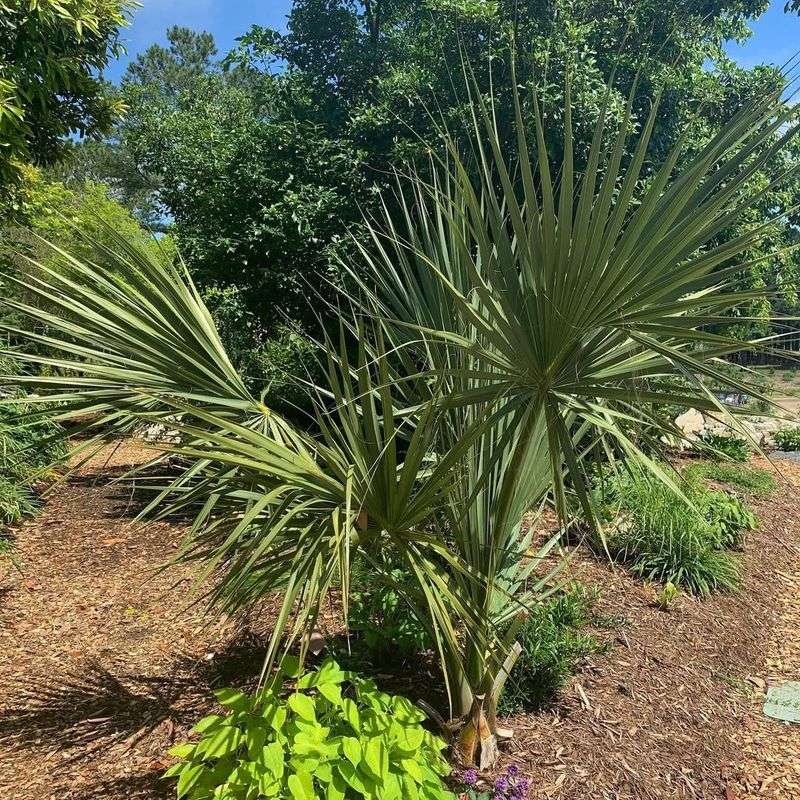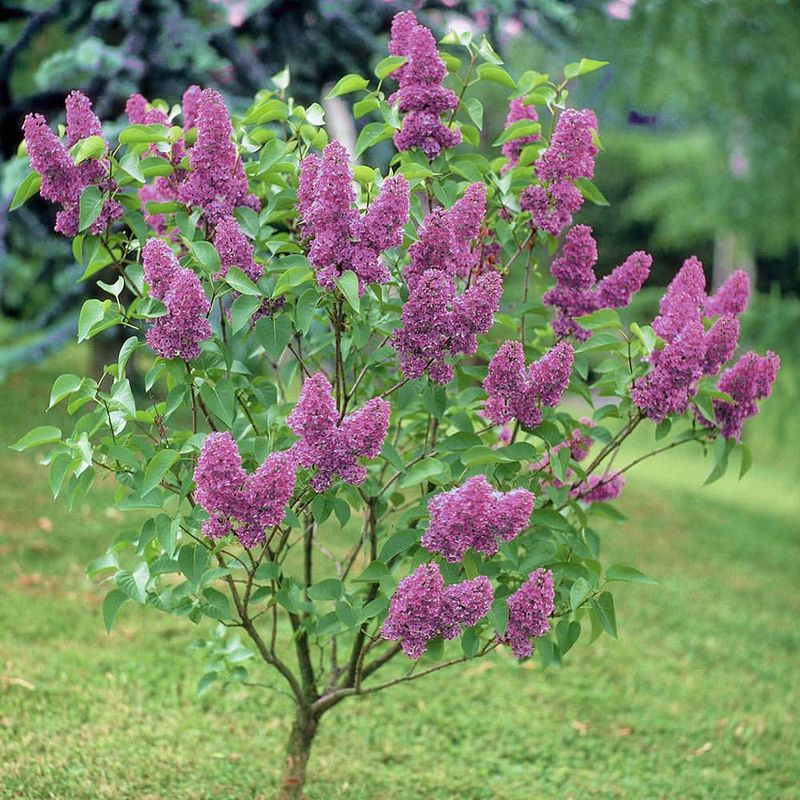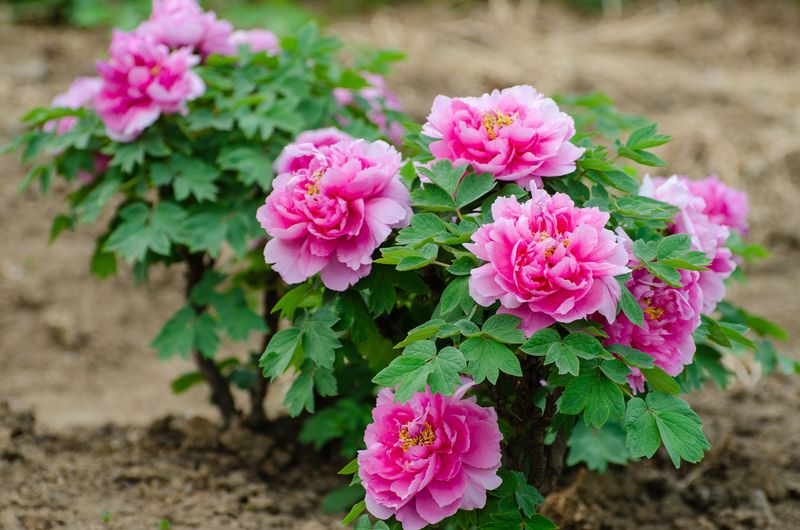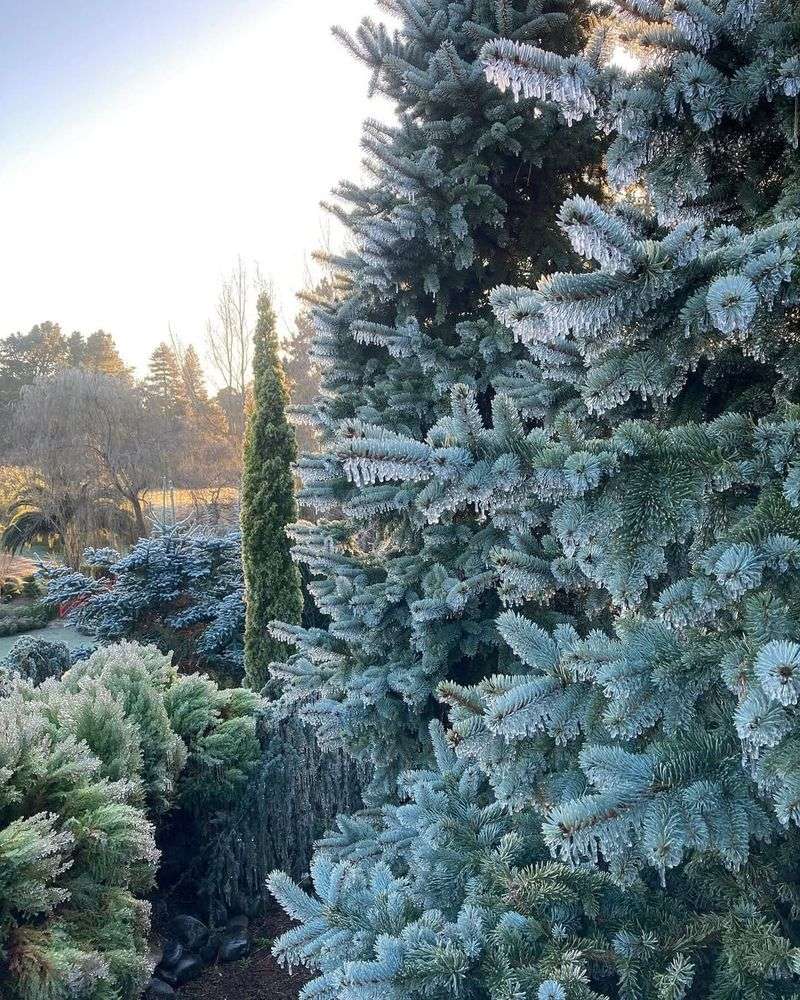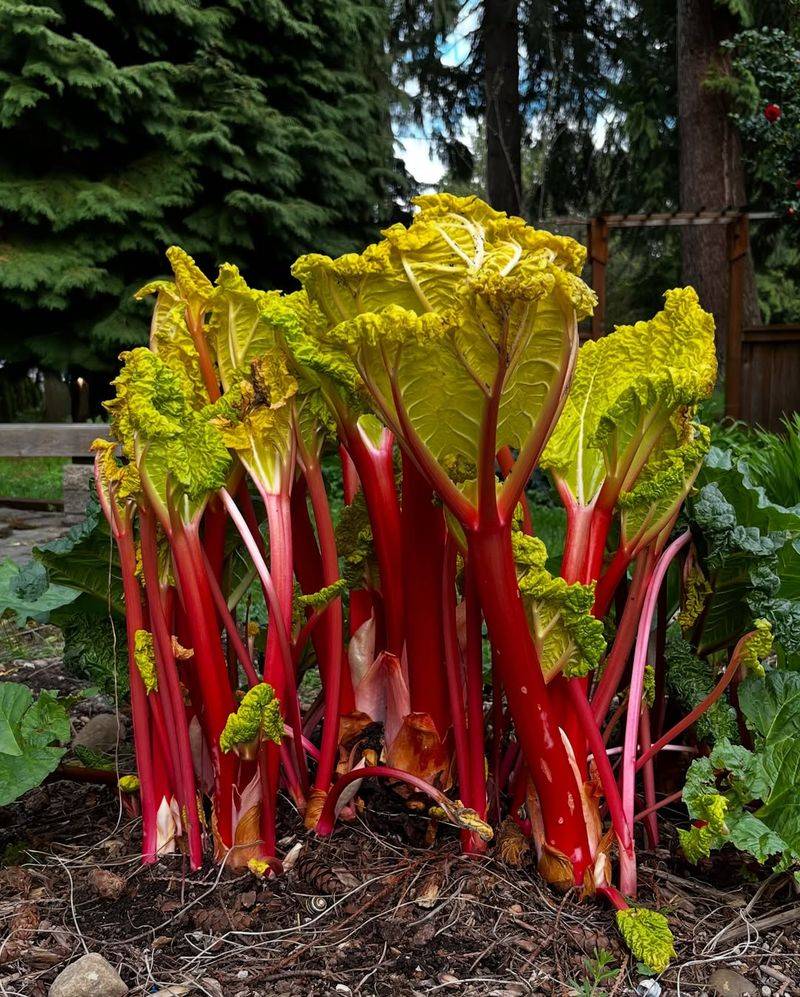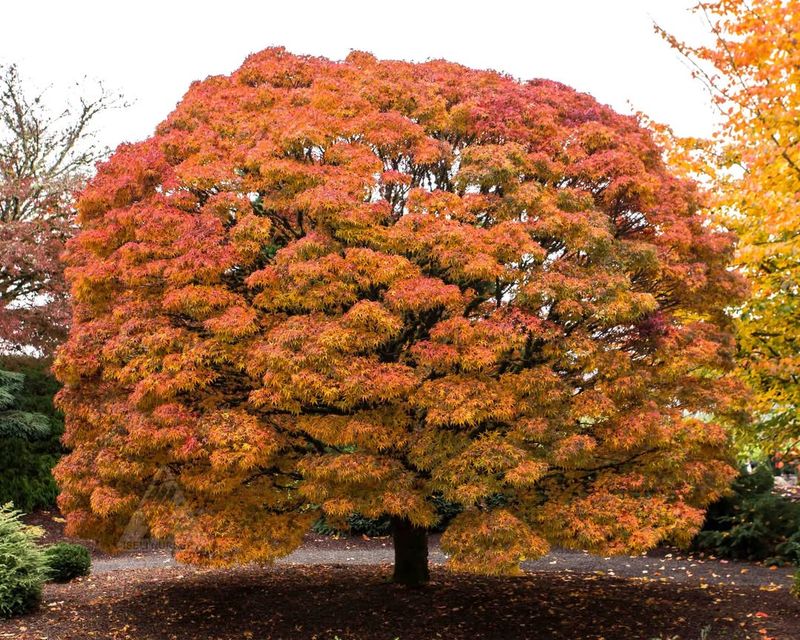Southern gardens are a feast for the senses—bursting with bold colors, rich scents, and plants tough enough to thrive in the heat. From the timeless grace of magnolias to the fiery flair of crepe myrtles, these blooms don’t just grow—they steal the show.
But not every plant can handle the Southern sizzle.
Here’s a guide to the flowers and shrubs that flourish in the heat—and a few that are better left out of your garden plans.
1. Crepe Myrtle (Lagerstroemia Indica)
These vibrant blooms make a statement in any Southern garden. Crepe myrtle thrives in hot, humid climates, its colorful flowers standing out against the summer sky. The plant is a champion of drought tolerance, making it a low-maintenance favorite.
Its ability to withstand dry spells ensures it remains lush and beautiful with minimal effort. Crepe myrtle’s striking appearance and resilience make it a quintessential choice for gardeners. It symbolizes Southern charm with its graceful branches and colorful display, providing a stunning focal point in any landscape.
2. Southern Magnolia (Magnolia Grandiflora)
Elegance personified, this tree stands as a symbol of Southern beauty. the Southern magnolia boasts glossy evergreen leaves that shimmer year-round. Its fragrant white flowers bring a touch of sophistication to any landscape.
This plant holds cultural significance, often seen as a majestic sentinel in Southern gardens. With its impressive stature, it provides shade and grandeur. Whether lining streets or gracing gardens, the southern magnolia remains a timeless favorite, embodying the grace and charm of Southern landscapes.
3. Gardenia (Gardenia Jasminoides)
Nothing compares to the intoxicating fragrance of this beloved plant. Gardenias are adored in Southern gardens for their aromatic blooms. Their glossy green leaves provide year-round interest, adding lushness to the landscape.
Gardenias enjoy warm, humid conditions, ideal for thriving in the South. Gardenias reward gardeners with their delightful scent, often used in perfumes and scented products. With proper care, they offer a sensory delight, transforming gardens into fragrant havens of serenity.
4. Camellia (Camellia Japonica & Camellia Sasanqua)
Winter doesn’t mean a dull garden, thanks to this stunning plant. Camellias provide a splash of color during fall and winter, their blooms a cheerful sight. The long bloom season makes them a garden staple.
Camellias thrive in acidic, well-drained medium , rewarding gardeners with vibrant flowers. These versatile shrubs add elegance and beauty, their glossy foliage a perfect backdrop. Whether in hedges or as standalone specimens, camellias bring life and color to Southern gardens.
5. Azalea (Rhododendron Spp.)
Springtime in the South is synonymous with this floral display. Azaleas burst into bloom, their dazzling flowers a highlight of the season. They flourish in acidic, well-draining soil, making them a reliable choice.
Azaleas offer a variety of colors, from pinks to purples, creating a visual feast. They are low-maintenance, a boon for gardeners seeking stunning results. Their ability to thrive effortlessly makes them a beloved addition, brightening gardens with their colorful blooms.
6. Texas Sage (Leucophyllum frutescens)
Drought resistance is a hallmark of this unique plant. Texas sage thrives where others wither, its silvery foliage a standout feature. The purple flowers add a pop of color to arid landscapes.
This shrub is perfect for gardeners looking for low-maintenance options. Its ability to withstand dry conditions makes it a valuable asset. Texas sage not only survives but thrives, offering beauty and resilience in challenging environments.
7. Confederate Jasmine (Trachelospermum Jasminoides)
Climbing gracefully, this plant adorns trellises and fences with ease. Confederate jasmine is known for its sweetly scented white blooms. It’s a perfect fit for Southern gardens, thriving in full sun.
The plant’s fragrance is a delight, often perfuming the air on warm evenings. Its vigorous growth makes it an ideal choice for covering structures. With minimal care, confederate jasmine transforms ordinary spaces into fragrant retreats.
8. Butterfly Bush (Buddleja Davidii)
Pollinators can’t resist the allure of this plant. Butterfly bush attracts with its fragrant, colorful flowers. It thrives in hot Southern sun, making it a garden favorite.
Its blooms provide nourishment for butterflies, ensuring a lively garden scene. Easy to care for, butterfly bush rewards with beauty and activity. A must-have for those looking to invite nature’s pollinators into their garden paradise.
9. Hydrangea (Hydrangea Macrophylla & Hydrangea Paniculata)
Color-changing blooms make this plant a wonder. Hydrangeas captivate with their ability to shift hues based on soil pH. They thrive in shaded gardens with moist, well-draining soil.
The large flower heads add drama and charm, making them a focal point. Hydrangeas are versatile, fitting into various garden styles. Their lush blooms bring a touch of romance, enhancing any Southern garden’s allure.
10. Salvia (Salvia Greggii & Salvia Farinacea)
Heat and drought tolerance make this plant a garden hero. Salvia is favored by pollinators, drawing in hummingbirds with its vibrant blooms. Its ability to thrive in Southern landscapes is unmatched.
Salvia’s colorful flowers add interest and life to the garden. Salvia’s low maintenance needs make it perfect for busy gardeners. Its resilience and beauty make it a staple in any Southern planting scheme.
11. Lantana (Lantana Camara)
Extreme heat is no match for this hardy plant. Lantana’s vibrant blooms attract butterflies, offering a long-lasting display throughout summer. Its resilience makes it ideal for challenging conditions.
This plant requires little water, thriving where others struggle. It can get invasive and is toxic, so is best to grow it in pots. Lantana’s colorful clusters create a lively atmosphere, enhancing garden aesthetics.
12. Oleander (Nerium Oleander)
Rapid growth defines this plant, a standout in any garden. Oleander thrives in the South’s sandy soils, its flowers adding beauty to landscapes. However, caution is needed due to its toxicity.
Oleander provides lush foliage and vibrant blooms with minimal care. Its adaptability makes it a favorite despite its potential risks and toxicity to pets and humans. It offers an exotic touch, transforming gardens into tropical retreats.
13. Black-Eyed Susan (Rudbeckia Hirta)
Cheerful blooms brighten any garden with their sunny disposition. Black-eyed Susans are a summer staple, known for their drought tolerance. Their yellow flowers bring warmth and joy.
This flower thrives in full sun, requiring little maintenance once established. Its ability to endure dry spells makes it a garden favorite. Black-eyed Susans offer a burst of color, creating a welcoming environment.
14. Bottlebrush (Callistemon Spp.)
Attracting hummingbirds with ease, this plant is a garden delight. Bottlebrush shrubs feature bright red, brush-like flowers that stand out. They add a unique touch to Southern gardens.
The plant’s vibrant blooms create visual interest, drawing in wildlife. Bottlebrush is ideal for those wanting to foster an active garden ecosystem. Its distinctive appearance and ability to attract pollinators make it a must-have.
15. Mexican Petunia (Ruellia Simplex)
Rapid growth characterizes this resilient plant. Mexican petunias are known for their spreading nature in hot, humid conditions. Their purple blooms add a splash of color to gardens.
It flourishes with minimal care, filling spaces quickly. Its ability to endure challenging climates makes it a valuable addition. Mexican petunias offer beauty and coverage, enhancing any Southern garden setting.
16. Firebush (Hamelia Patens)
Vivid blooms draw attention, making this plant a standout. Firebush thrives in the Southern heat, its red-orange flowers a beacon for butterflies and hummingbirds. It’s a vibrant choice for any garden.
The plant’s tolerance for hot conditions ensures it remains lush and colorful. Firebush provides a lively atmosphere, enhancing garden dynamics. Its beauty and resilience make it a cherished addition to Southern landscapes.
17. Red Yucca (Hesperaloe Parviflora)
Spiky foliage defines this plant, adding texture and interest. Red yucca thrives in dry, arid conditions, making it ideal for Southern gardens. Its tall flower stalks provide vertical appeal.
Yucca’s drought resistance ensures it remains vibrant with minimal water. The unique appearance makes this succulent a focal point. It’s perfect for those seeking structure and beauty in challenging environments.
18. Agapanthus (Agapanthus Africanus)
Striking clusters make this plant a showstopper. Agapanthus offers blue or white blooms that captivate Southern gardeners. It thrives in well-draining soil, ensuring healthy growth.
The plant’s flowers add elegance and color, complementing any garden design. Agapanthus is easy to care for, requiring minimal attention. Its beauty and adaptability make it a popular choice for Southern landscapes.
19. Turk’s Cap (Malvaviscus Arboreus)
Unusual flowers make this plant intriguing. Turk’s cap features curled red blooms that attract hummingbirds. It’s perfect for adding interest to shady gardens.
This plant thrives with little sunlight, providing color where needed. Turk’s cap’s resilience makes it a versatile choice for Southern gardeners. Its ability to brighten dark corners adds to its appeal.
20. Bougainvillea (Bougainvillea Spp.)
Breathtaking colors define this plant, a favorite in hot climates. Bougainvillea’s vibrant display brings life to arid gardens. It prefers minimal water, thriving in full sun.
Bougainvillea’s ability to adapt to various condidiotions makes it excellent for challenging gardens. Its blooms create an exotic atmosphere, transporting gardens to tropical locales. Its striking appearance and low water needs make it invaluable in Southern landscapes.
21. Southern Wax Myrtle (Morella Cerifera)
Fast growth and privacy make this shrub appealing. Southern wax myrtle thrives in sandy soils, offering evergreen coverage. It’s ideal for creating natural screens.
The robust growth of the southern wax myrtle adds greenery and protection, enhancing garden privacy. Its versatility and lush appearance make it a valuable addition.
22. Coral Honeysuckle (Lonicera Sempervirens)
Enticing hummingbirds is a breeze with this plant. Coral honeysuckle offers nectar-rich red flowers that stand out. It’s a native alternative to invasive varieties.
This flowering plant thrives in sunny locations, requiring little maintenance. Coral honeysuckle’s eco-friendly nature makes it a smart choice. Its ability to support wildlife adds value to any garden.
23. Esperanza (Tecoma Stans)
Golden blooms brighten landscapes, a feature of this resilient plant. Esperanza thrives in drought conditions, its flowers a testament to its hardiness. It offers continuous color in hot climates.
Esperanzas ability to withstand extreme conditions makes it a gardener’s ally. The beauty and durability of this plant create vibrant, long-lasting displays. Its low maintenance needs make it perfect for Southern environments.
24. Blue Daze (Evolvulus Glomeratus)
Low-growing elegance defines this plant. Blue Daze offers small, sky-blue flowers that captivate. It’s perfect for providing heat-tolerant ground cover.
It thrives in sunny locations, requiring minimal care. Blue Daze’s delicate blooms create a soothing effect, enhancing garden aesthetics. Its ability to survive harsh conditions makes it a reliable choice.
25. Dwarf Palmetto (Sabal Minor)
Tropical vibes abound with this native plant. Dwarf palmetto tolerates wet or dry conditions, offering lush foliage. It adds a tropical feel to Southern landscapes.
Palmetto’s adaptability ensures healthy growth in varying environments. Its fan-like leaves create visual interest. Its resilience and beauty make it a favorite in diverse garden settings.
26. Caladium (Caladium Bicolor)
Dramatic foliage steals the show with this shade-loving plant. Caladiums thrive in the humid Southern climate, their colorful leaves offering a striking visual contrast. From reds and pinks to whites and greens, their palette is unmatched.
Ideal for brightening up shady spots, caladiums add texture and depth. Their low-maintenance nature makes them a favorite for summer displays. Whether in beds or containers, caladiums deliver vibrant charm with minimal fuss.
27. Lilacs (Syringa Vulgaris)
Struggle defines this plant in Southern climates. Lilacs require cold winters, conditions rarely met in the South. The heat and humidity shorten their lifespan.
Lilac’s blooms offer fleeting beauty, often failing to thrive. This shrub needs make them challenging for Southern gardeners. Their rarity adds allure, but growth remains difficult.
28. Peonies (Paeonia Spp.)
Blooming properly is a challenge for this plant. Peonies need a winter chill, often lacking in warm Southern climates. Their blooms can be unreliable.
Their beauty is undeniable, but growing conditions pose difficulties. Peonies’ charm lies in their fleeting flowers. Despite challenges, their appeal endures.
29. Blue Spruce (Picea Pungens)
Ill-suited for the South, this tree struggles. Blue spruce cannot tolerate heat and humidity. Poor soil drainage adds to its woes.
The appearance of this evergreen is striking, but conditions hinder growth. Blue spruce’s requirements make it a challenging addition. Its beauty is best appreciated in cooler climates.
30. Rhubarb (Rheum Rhabarbarum)
Failure often greets this plant in the South. Rhubarb needs cool temperatures, rare in Southern gardens. The heat causes it to bolt quickly.
Rhubarb’s potential remains unfulfilled as conditions impede growth. Its challenges make it unsuitable for Southern climates, yet the desirability persists despite difficulties.
31. Japanese Maple (Acer Palmatum) In Full Sun
Leaf scorch is a common issue for this tree. Japanese maples struggle in full Southern sun. Constant watering is often required to prevent damage.
The beauty of this tree is marred by harsh conditions. Japanese maples need shaded areas for optimal growth. Their challenges make them demanding, yet their allure captivates gardeners.
32. Delphinium (Delphinium Spp.)
Beauty fades fast in the Southern heat. Delphiniums struggle with humidity and intense sun, often wilting before reaching their full glory. Their need for cool weather and rich, moist soil clashes with Southern conditions.
Though their tall spires of blue and purple blooms are stunning, delphiniums prove temperamental. They demand constant care, making them a poor fit for laid-back Southern gardening. Their charm is better suited for cooler, milder climates.

